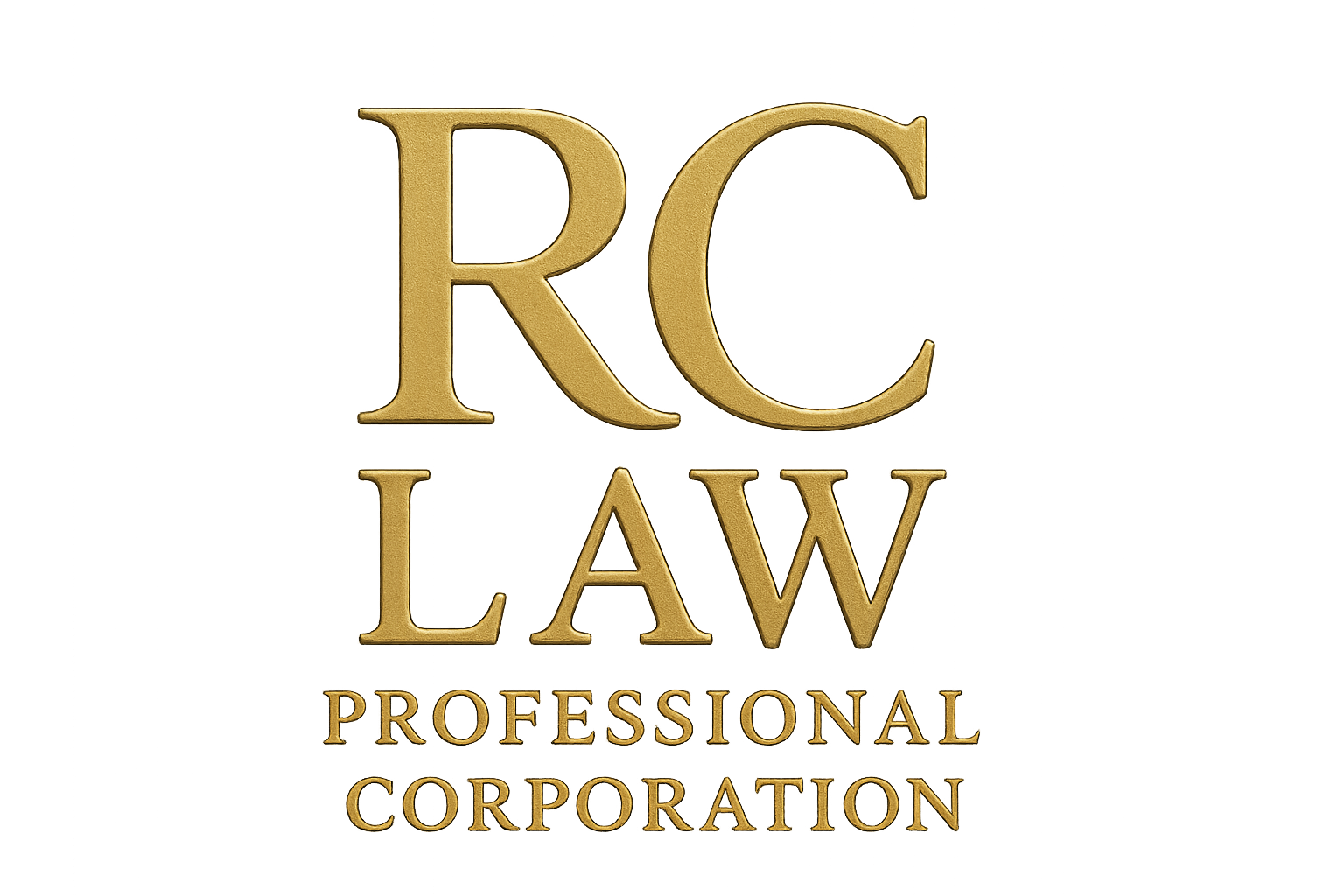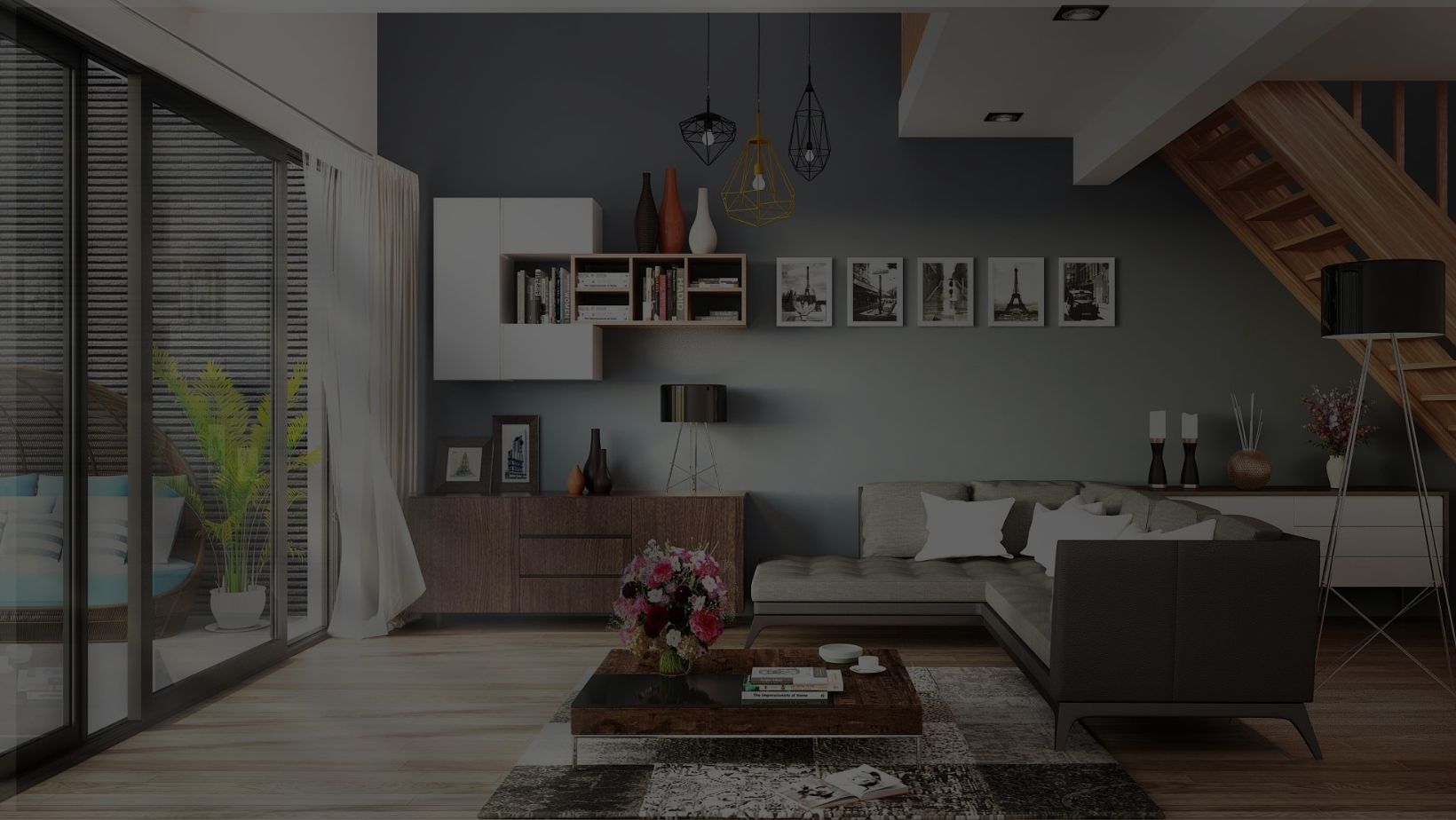Design Law – Lawyer for Architects and Interior Designers
Rules Governing Architects and Interior Designers
Architects
The Ontario Association of Architects (the “OAA“) governs services between architects and users. The OAA’s Code of Ethics establishes guidelines that Architects must follow when providing services. These should be reflected in Architects’ service agreements, which we can assist in drafting as business lawyers. Typically, architectural services include:
- the preparation or provision of a design to govern the construction, enlargement, or alteration of a building;
- evaluating, advising on or reporting on the construction, enlargement, or alteration of a building;
- a general review of the construction, enlargement, or alteration of a building;
- planning, urban design, and land-use planning;
- creating preliminary studies, designs, models, drawings, specifications, and technical documentation;
- coordinating technical documentation prepared by others (consulting engineers, urban planners, landscape architects, and other specialist consultants) as appropriate and without limitation;
- administering contracts;
- consulting on economics, tendering approaches, and cost estimates;
- offering expert witness testimony; and
- offering project management and construction monitoring.
Although Architects are not legally required for every building, the governing body of Architects advises retaining one because Architects are skilled professionals who deal with zoning bylaws, building codes, and the construction process. Given that an Architect should be retained as soon as a service begins even if it is merely conceptual, the Architect-client agreement should also reflect this step in writing to avoid post-agreement misunderstandings between Architects and their clients. Such misunderstandings commonly arise upon billing.
Types of Architectural Clients
Each client type is likely to require different provisions in architect-client agreements. Architects’ clients could be:
- corporate owners of capital assets;
- developers;
- public private partnership entities (various models);
- construction companies;
- project management firm engaged by the client in a primary capacity;
- project management firm engaged as agents by the client and acting as the owner’s representative;
- government (federal, provincial/territorial, municipal);
- institutions (public facilities);
- not-for-profit organizations;
- small business owners; and
- individuals.
Contracts between Architects and Clients
According to the Royal Architectural Institute of Canada, architects are advised to have a written agreement with clients, outlining:
- the services provided;
- the fee for the services;
- the time frame in which the services are to be delivered, including the expected construction project completion date;
- the various terms and conditions which govern the agreement (including client responsibilities).
Although standard architect-client contracts exist, it is advisable that an architect supports a client in identifying information and services needed on a project-by project basis. This entails customizing a contract to outline details with respect to liability. Documents should accurately reflect the services needed. They should also precisely state the limits of Architects’ liability. If a provision is vague, depending on our legal advice, it may need to be specified. Nevertheless, there will always be legal limits to the limitation of liability. On a case by case basis, our legal experts can advise you on legal strategies to achieve your goals within legal limits.
Generally, it is advisable that a contract accurately reflects discussions between an architect and a client, including:
- the explanation of the roles and responsibilities of the client, the architect and the consultants in the design project;
- the factors and requirements that will result in the project’s success;
- information regarding the skills, experience and unique value proposition to a potential client;
- the development and validation of a client’s functional program or statement of requirements;
- the presentation of design concepts to a client for approval;
- the project’s deliverables;
- the scope of services (basic services and additional);
- project costs, schedule and work;
- quality, risk and stakeholder management.
If you need legal assistance with your architect-client contracts or any provisions in them, you can call us at 647 806 9184 to book a consultation or contact us by clicking here.
Interior Designers
The Association of Registered Interior Designers of Ontario (“ARIDO“) is the only organization for Interior Designers in Ontario. Although the scope of work of Interior Designers is not exclusively legally protected, the designation or title of “Interior Designer” is legally exclusive. A non-licensed or registered service provider who uses the title “Interior Designer” would be potentially committing a criminal offence. The title comes with insurance protection and a guarantee of qualifications/training. This is important to note when drafting your interior design contracts with clients. ARIDO registered members carry professional liability insurance, participate in the ongoing professional development and uphold a professional code of ethics and standards of practice. This offers them further authority in the scope of their work in comparison to interior decorators (who are not licensed interior designers). Interior designers may stamp drawings for example. Why does this matter? Contracts between decorators and their clients, or interior designers and their clients need to reflect that distinction in order to ensure the professional’s legal protection when providing services to clients.
Contracts between Interior Designers and Clients
It is advisable that every service that an Interior Designer provides to a client is reflected in their contracts. The limits of services should be expressly outlined in our legal opinion as well. These services usually are:
- Overseeing the interior design process, including project budgeting and schedules.
- Analyzing the client’s needs and goals.
- Integrating findings with knowledge of interior design, sector and economic trends and legal and regulatory requirements.
- Formulating preliminary design concepts that are functional, fiscally appropriate and aesthetically pleasing.
- Developing and presenting final design recommendations.
- Preparing working drawings and specifications for interior construction, space planning, materials, finishes, furnishings, fixtures, and equipment.
- Collaborating with other practitioners who offer professional services in the technical areas of mechanical, electrical and structural design as required for regulatory approvals (building permits).
- Preparing contract documents and administering bids as the client’s agent.
- Reviewing and evaluating construction during implementation and coordinate completion of a project with consultant team.
Interior Designers may also further:
- Act as Project Manager on behalf of the client to manage the project teams through all phases of the project;
- Develop and implement a branding and communications strategy in relation to the project; and
- Undertake feasibility studies on potential facilities and coordinate with real estate professionals.
If you would like for a design lawyer to customize a contract for your clients, or review your contract as a client of an interior designer, or decorator, call us at 647 806 9184 or click here.



affilionaire.org
April 12, 2025 at 9:05 pmI’m really inspired together with your writing talents and also with the structure on your weblog. Is this a paid subject or did you customize it yourself? Anyway keep up the excellent high quality writing, it’s rare to look a nice weblog like this one nowadays!